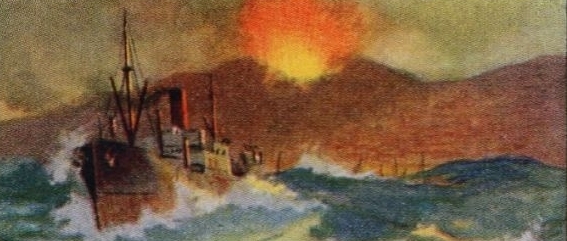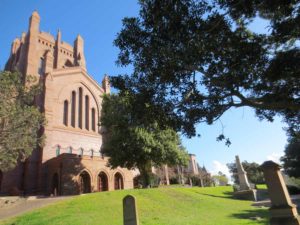The recent volcanic eruption near Tonga in the South Pacific has reminded me of a gruelling tale of another eruption, 120 years ago, at Martinique in the Eastern Carribean. About 30,000 people died in perhaps the deadliest volcanic eruption in human history. Wikipedia has a comprehensive entry on the topic. This account comes from the book Ships, by Frank C. Bowen.
Captain Edward William Freeman, a board of trade examiner, went through a terrible experience . . . with his steamer the Roddam when the disastrous eruption of Mont Pelee destroyed the town of Saint Pierre in Martinique in May 1902. She was a very ordinary British tramp steamer trading to the West Indies and at Barbados her captain was warned that Mont Pelee had been giving trouble and advised not to go to Martinique. But his own his orders were to call in there for cargo and so, with the ship’s company of 40-odd, he went. When they arrived there they found everything was much as usual except that a certain proportion of the population had taken fright and decamped.
They anchored in the bay and even the most prosaic could not but admire the beautiful smoke effects around the top of the volcano and although the fine dust was worrying they all hung round the deck watching it until the discussion was cut short by the mountain splitting from top to bottom and with a tremendous roar, belching out a huge column of flame and a dense cloud of burning dust. As the cloud advanced everything green in its path was withered by the heat and then it could be seen to envelop the town – not a creature survived alive – and strike the water. As it did so the calm bay was lashed up into waves that leaped in all directions and were big enough to sink a fine cable steamer at her moorings and throw a big cargo vessel onto her beam ends so that she had no chance of getting away or of extinguishing the fire that immediately broke out on board.
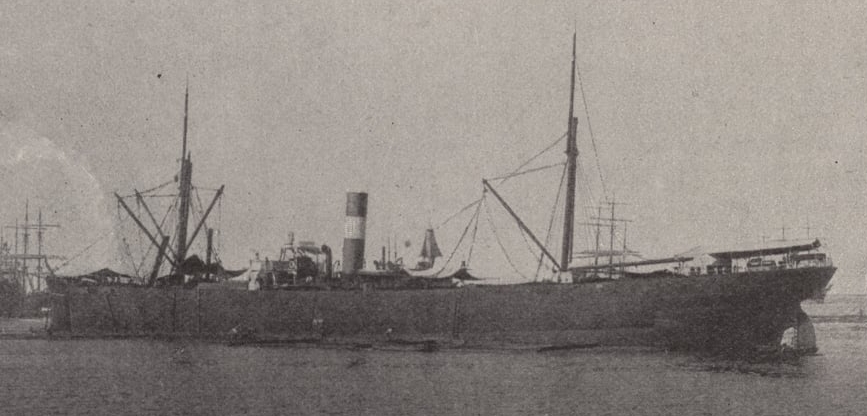
The people in the Roddam were more lucky and eventually proved to be the only survivors. They realised the danger just in time – the awful suddenness of the catastrophe had held them spellbound – and bolted to whatever shelter presented itself. The cloud of dust struck the ship and heeled her over until the lee ports were underwater, setting fire to everything inflammable that it touched. The deck was blazing in a dozen places, the boats were well alight, but even so the light could scarcely penetrate the inky blackness. As soon as he could breathe Captain Freeman left the shelter of the chart house and fought his way to the bridge, intent only on saving his ship and her crew. Some of them were beyond saving, having been killed where they stood. Others ended their agony by jumping overboard into the boiling water of the harbour where their struggle was soon over.
The master himself was practically blinded by the dust and his feet were so badly burned that it was only his will that ever got him onto the bridge and once there he could not move. But he retained consciousness and gave his orders. Luckily the ship still had a full head of steam and there were several men in the engine room uninjured. The sea was running high and the ship was almost unmanageable and still burning furiously. It was pitch black and the only mark to steer by was the furiously blazing town which gave warning of the shore of which they had to attempt to keep clear. Bit by bit she managed to draw off and get her bearings, steering for Castries, Saint Lucia. She brought the first news of the disaster that reached the outside world and her twenty survivors were the only lives saved in the town and the harbour. Twenty six of her people failed to answer the roll and from the shell of the ship – for she was little – more some 120 tonnes of volcanic dust were shovelled.
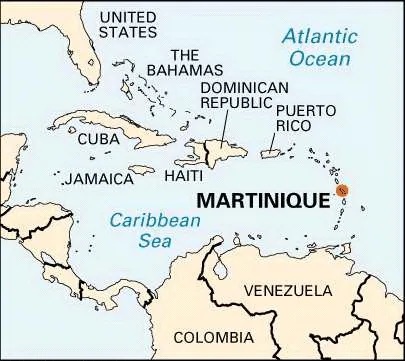
This next account, by the captain of the steamer Etonia, comes from the San Francisco Call, of May 19, 1902.
At Saint Lucia on May 11, says Captain Canteil, I went on board the British steamer rodam which had escaped from the terrible volcanic eruption at Martinique three days before. The state of the ship was enough to show that those on board must have undergone an awful experience. The Roddam was covered by a mass of fine bluish-grey dust or ashes of cement-like appearance. In some parts it lay two feet deep on the decks. This matter had fallen in a red hot state upon the steamer, setting fire to everything it struck that was burnable and when it fell on the men on board it burned off pieces of flesh. This was shown by the finding of portions of human remains when the decks were cleared of the debris. The rigging ropes, tarpaulins, sails, awnings etc were charred or burned and most of the upper spars had been swept overboard. Skylights were smashed and cabins were filled with volcanic dust.
I visited the captain of the Roddam in the hospital in Saint Lucia where he gave me an account of his terrible experience. He had just arrived and anchored at Saint Pierre, Martinique, on the morning of Thursday May 8. The captain was standing near the accommodation ladder talking to the agent of the vessel who had come on board when he saw what appeared to be an enormous black cloud like a wall with patches of fire in it approaching the sea from the land. With it came an immense tidal wave of burning water accompanied by a loud and terrible noise. He shouted: “Take shelter” to the crew. Immediately the steamer was caught and tossed over on her side, almost capsizing. Darkness fell like a pall and volumes of red-hot matter showered down while the air was thick with sulphurous fumes and dust. The sea was a confused mess of boiling mud.
Fire soon broke out in different parts of the ship. Screams, groans and shouts of agony from the injured, mingled with the terrible noise of boiling water and rushing air, together with the falling fire, caused horrible confusion and fright. The shock lasted a few minutes.
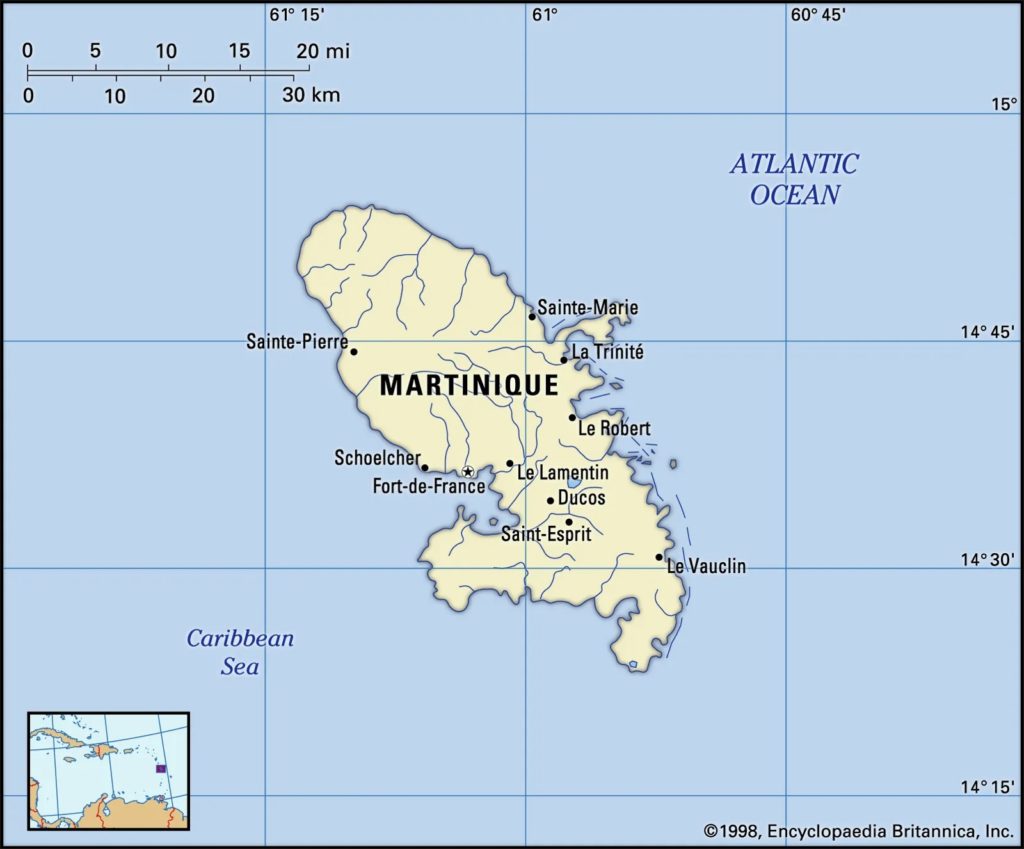
The captain of the Roddam, knowing the necessity of escape, rushed to the engine room annunciator and signaled below to start the engine at full speed. The anxious moments increased by his sufferings from burns and agony of mind were relieved by the vibration of the engines and the reply from below. It happened fortunately that, although the crew had been running away from duty at the engines, some of the engineers were nearby. The terrible tidal wave which had swept over the Roddam and nearly capsized her had parted the cable and the vessel was adrift. When the engine started it was found that the steering gear had become disabled in some manner and could not be worked. For nearly an hour the Roddam’s engineers were backing and going ahead with the hope of bringing her head toward the sea and away from the land. Once she got dangerously near the steamer Roriama. Both vessels were in flames. Some of those aboard jumped into the boiling water some fell dying to the deck. All this time the red-hot matter was falling and the water was hissing and steaming. Smoke and dust filled the air and poisonous fumes spread about. After sometime the Roddam’s steering gear moved a little and enabled the captain to head her out to sea and with much difficulty he managed to steer her a little distance from the land. As the air cleared the scene on board the ill-fated Roddam became all the more ghastly. The ship steamed on through thick hot dust. The screams from the injured became more audible. Some rushed frantically about with their clothes on fire and pieces of flesh burned from their arms; others in the agony lay writhing in the red hot dust. In about two hours the air became gradually clear. An investigation of the casualties on board showed that besides the captain, who was frightfully burned, only two engineers to sailors and the boatswain were able to do duty. Fire was still burning about the ship and the rigging was in flames. The captain decided to try to reach the island of Saint Lucia, 40 miles distant. This he succeeded in doing by 6:00 o’clock on the evening of May 8. The steamer was difficult to handle owing to the partially disabled steering gear which could not be made to work properly.
In the time occupied on this terrible voyage the experience of the survivors were still worse than that already gone through. The brave captain and his few men fighting the fire – exhausted and scalded – struggled to do something to assist their dying shipmates. Those working below strove to keep up the steam. The captain, suffering the greatest agony, succeeded in navigating his vessel safely to the port of Castries, St. Lucia, with 18 dead lying on the deck and human limbs scattered about. A sailor stood by, constantly wiping the captain’s injured eyes. I think the performance of the Roddam’s captain was wonderful and the more so when I saw his pitiful condition. I do not understand how he kept up and when the steamer arrived at St Lucia and medical assistance was procured this brave man asked the doctors to attend to the others first and refused to be treated until this was done.
My interview with the captain brought out the foregoing account. I left him in good spirits and receiving every comfort. The sight of his face would frighten anyone not prepared to see it.
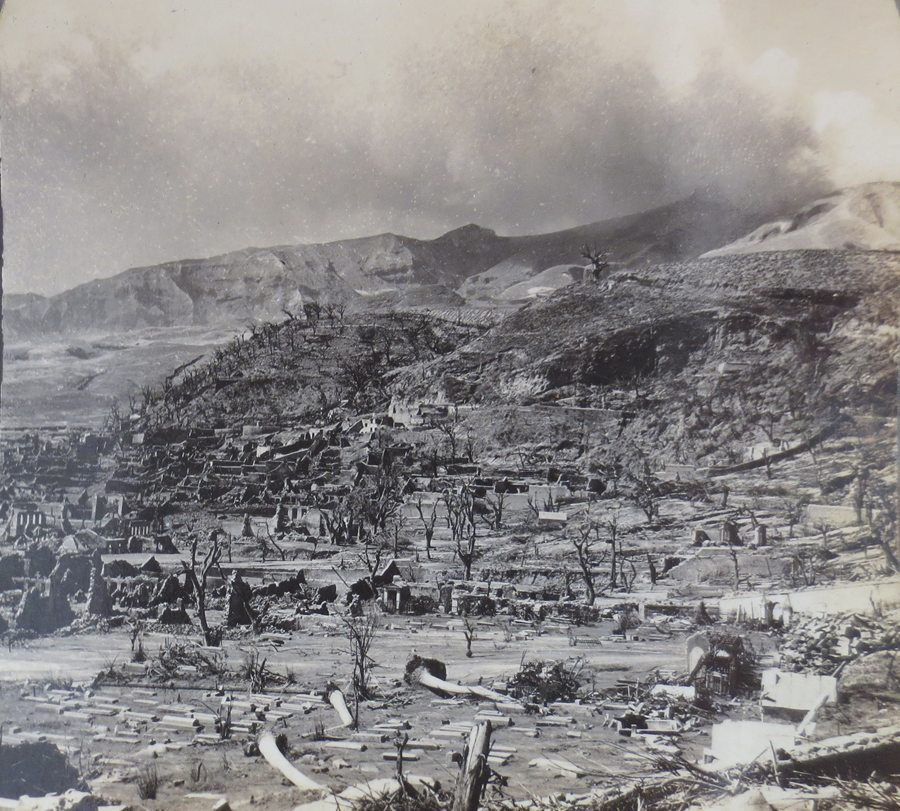
We sailed from Saint Lucia on the morning of May 11 and at 2:00 o’clock in the afternoon passed the island of Martinique. The weather was perfectly clear and we had a good view of that part of the island which had suffered by the volcanic eruption a few days before. The formation of the island is quite altered and the whole northern part of it where the town of Saint Pierre once stood is covered by a mass of ashes and lava. At 2:30 o’clock as the Etonia was passing the island a tremendous upshoot of smoke and dust took place. In in a few moments the ship was covered with fine dust, like cement. We were about three miles distant from the scene at the time. The ship’s engines were put under full speed and for a time much anxiety was felt on board. For an hour or more the ship was covered by dust and enveloped in a thick cloud and the air was filled with sulphur fumes. It must have been another eruption, and the dust had been sent a great distance in the air because it travelled against the wind and at a tremendously rapid rate.

